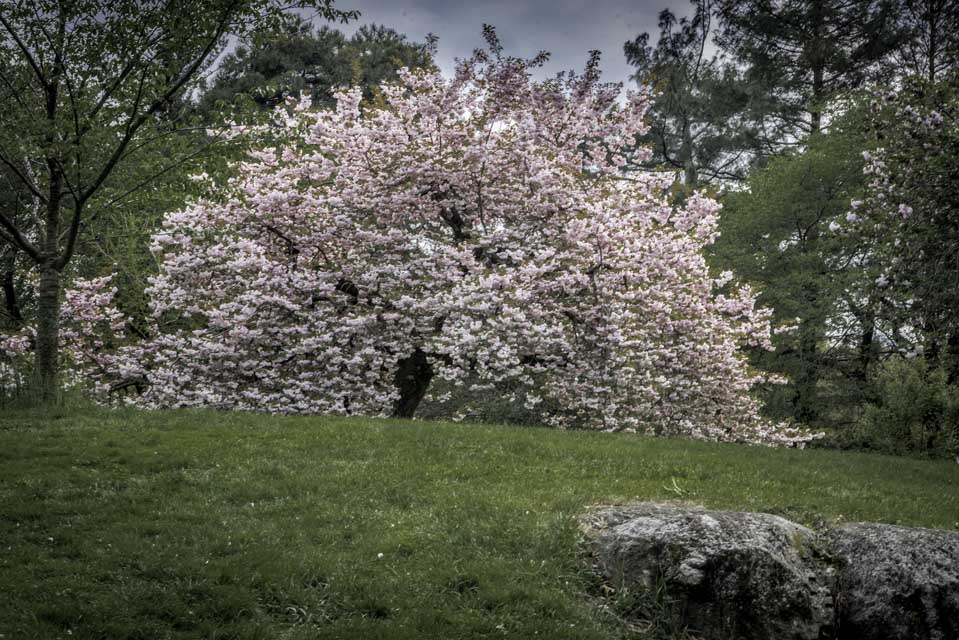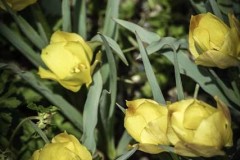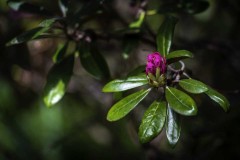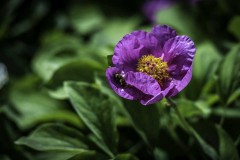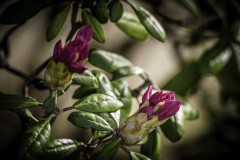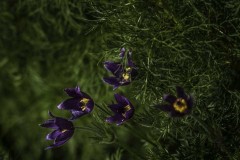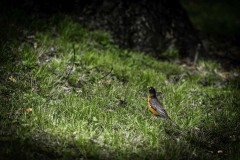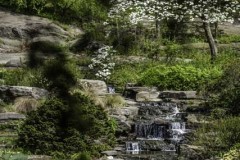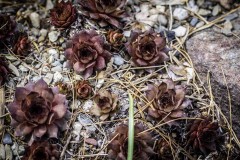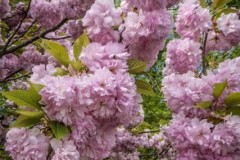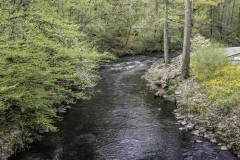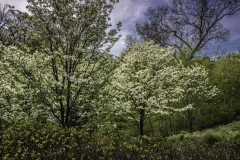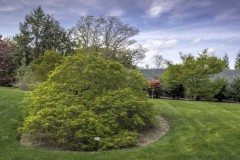The New York Botanical Garden (NYBG) is a 250-acre botanical garden located in the Bronx, New York City. It was founded in 1891 and is one of the largest botanical gardens in the world. The NYBG is a National Historic Landmark and a designated New York City Landmark.
The garden contains over one million plants, including rare and endangered species, and boasts a variety of gardens, collections, and landscapes. Some of the notable features of the NYBG include the Enid A. Haupt Conservatory, a Victorian-style greenhouse that houses a variety of tropical plants, the Peggy Rockefeller Rose Garden, which features over 650 varieties of roses, and the Native Plant Garden, which showcases the rich biodiversity of northeastern North America.
In addition to its many gardens, the NYBG is also home to a renowned research institution, the LuEsther T. Mertz Library, which houses one of the world’s largest collections of botanical literature. The NYBG offers a range of educational programs and events for visitors of all ages, including guided tours, classes, and workshops.
The NYBG is a popular destination for both tourists and locals, and is a peaceful and serene oasis in the midst of the bustling city.
New York Botanical Garden history
The New York Botanical Garden (NYBG) was founded in 1891 by a group of prominent New York City citizens, including Andrew Carnegie and J.P. Morgan. They envisioned a grand botanical garden that would rival those in Europe and provide a space for education, research, and conservation.
The NYBG was initially located in Manhattan’s Upper West Side, but in 1895, it moved to its current location in the Bronx, which was then a rural area on the outskirts of the city. The 250-acre site was chosen for its proximity to the Bronx River and the many plant species that grew naturally in the area.
The NYBG’s first director was Nathaniel Lord Britton, a botanist and taxonomist who had previously served as the director of the Botanical Garden at Columbia University. Under his leadership, the NYBG grew rapidly, with new gardens, collections, and facilities being added regularly.
Over the years, the NYBG has played an important role in botanical research and conservation. In the early 20th century, the NYBG’s scientists traveled around the world to collect plant specimens, many of which had never been seen before. These specimens formed the basis of the NYBG’s herbarium, which is now one of the largest in the world.
Today, the NYBG is a leader in plant research and conservation, with programs focused on topics such as climate change, biodiversity, and the protection of endangered species. It also serves as a popular cultural institution, with over one million visitors annually.
Best time to visit New York Botanical Garden
The best time to visit the New York Botanical Garden (NYBG) depends on what you want to see and experience. Here are some general guidelines:
Spring: The NYBG is especially beautiful in the spring, when the gardens burst into bloom with daffodils, tulips, and other colorful flowers. The Cherry Blossom Festival, which typically takes place in late April or early May, is a popular event that celebrates the blooming of the garden’s many cherry trees.
Summer: Summer is a great time to visit the NYBG if you want to enjoy the warm weather and see a wide variety of plants in full bloom. The Perennial Garden, the Rose Garden, and the Native Plant Garden are all especially beautiful in the summer.
Fall: The NYBG is also beautiful in the fall, when the leaves on the trees begin to change color. The Haupt Conservatory’s annual fall exhibit, which typically runs from late September through mid-November, is a highlight of the season and features a variety of pumpkins, gourds, and other fall-themed displays.
Winter: While the NYBG is closed to the public for part of the winter, it is open for its Holiday Train Show, which runs from late November through mid-January. This popular event features model trains that travel through miniature replicas of New York City landmarks, all made from natural materials such as bark, leaves, and twigs.
Overall, the NYBG is beautiful year-round, and there is always something to see and do no matter when you visit.
The Botanical Garden in Bronx is one of the largest Botanical Gardens in the US and one of the Largest in the world. The New York Botanical Garden was founded in 1891 about the same time as Bronx Zoo and by the same owner. Lorillard Family opened the garden in 1891. The Garden exist with over 50 different themed gardens and greenhouses over 250 acres. Bronx Botanical Garden is in a 50 acre of forest which consists of thousands of 300 years old and most of them more than 100 feet high trees and beautiful features the Bronx river. The NYBG considered one of the National Historic Landmark
Botanical Garden is important for the following
- Conducting research on the plants for reserve and protection
- Maintain and improve important collection
- Teach plant biology, horticulture.
- The Garden is major educational institution
Opening Hours
Tue: 10am-6pm
Wed: 10am-6pm
Thu: 10am-6pm
Fri: 10am-6pm
Sat: 10am-6pm
Sun: 10am-6pm
How to get to Bronx Botanical Garden in Bronx
Transportation
Bus
BX26, BX41-SBS
Train
HARLEM
Subway
4, D
https://www.facebook.com/NYBotanicalGardenhttps://www.new-york-city-travel-tips.com/new-york-botanical-garden-bronx/

